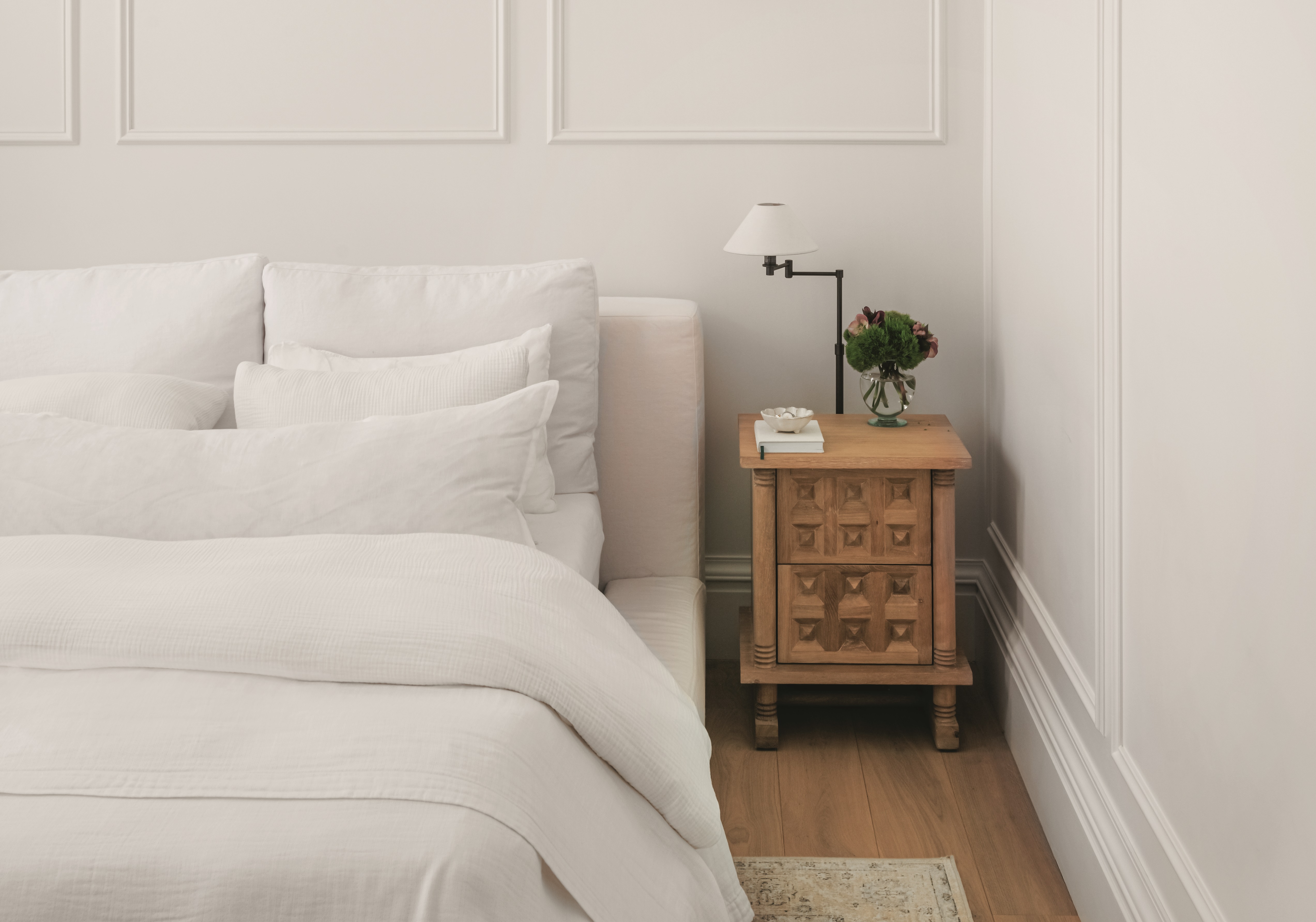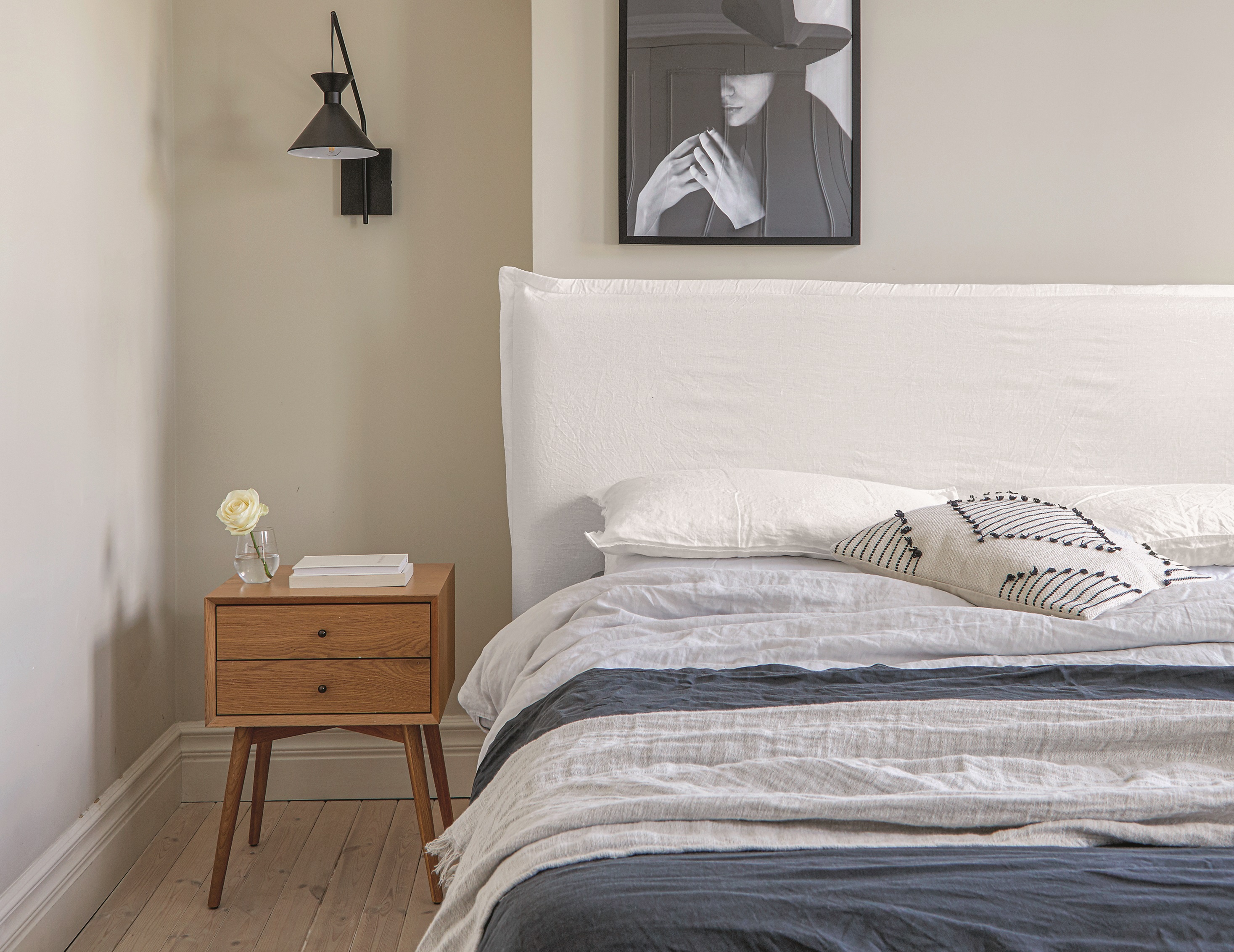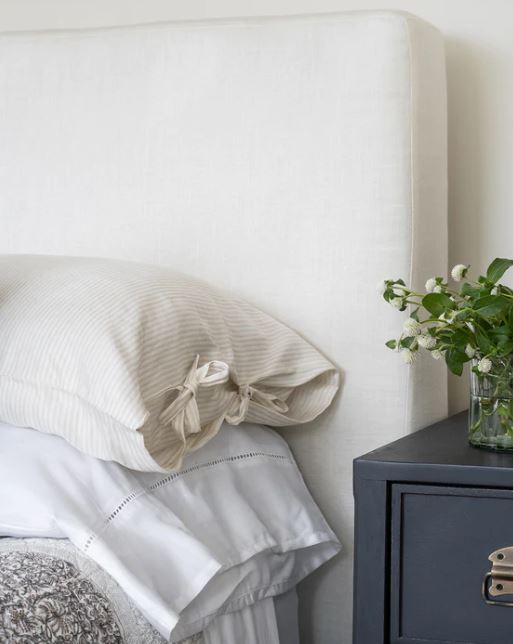
Be honest - how long have you been sleeping on the same pillow? We all have our preferences when it comes to our sleep supports - flat, plump; firm, soft; feather, foam - but according to experts, hanging on to your old favorite for too long can have some harmful repercussions.
Most of us tend to use the same bedding far longer than we should. Once we find a comforter, mattress, or pillow that works for us and our specific sleep needs, finding a replacement isn't on our minds. Before you know it, you've been sleeping on the same pillow for five years or more. While the best pillow will suit your sleep style and support your head to align your spine throughout the night, it won't last forever, so regularly replacing them is crucial to a good night's rest.
What most of us don't realize is that our pillows should actually be replaced around every two years, and there's a simple trick out there that helps you determine when the time is right. The best part? It only takes 30 seconds. Here, we asked experts to share their insider knowledge so that you can easily tell if it's time to replace yours.
How do you test if a pillow needs replacing?

To test whether or not it's time to replace your pillow you'll need to carry out the 'pillow fold' test. 'The pillow-fold test is a super quick and easy way for you to determine whether it’s time to buy a new pillow or not,' explains Jade Crooks, a bedding expert at DUSK. 'The pillow fold test will check the firmness and condition of your pillow and can be done by anybody in a matter of seconds.'
So what does it involve? As you may have guessed, all you have to do is fold your pillow in half for 30 seconds and see how quickly it returns to its shape. 'If the pillow opens right back up it does not need replacing,' explains Carlie Gasia, a Certified Sleep Science Coach at Sleepopolis. 'If the pillow stays folded or takes a while to take its shape back, it needs to be replaced.' The test checks how resilient and supportive the material inside your pillow is, consequently helping you to sleep better.
Why is it important to regularly replace your pillows?

Now I know what you're thinking - you've been sleeping on the same pillow for the past five years and experienced no problems at all. While your pillows might feel fine to sleep on, it's quite likely that they're responsible for the back or neck pain you experience in the afternoon and put down to bad posture. What's more, old pillows harbor lots of bacteria and even dust mites, so regularly replacing them is important for good sleep hygiene, too (especially if you suffer from allergies).
The main issue that the 'pillow fold test' identifies, however, is a loss of 'loft', or height. 'It is important not to sleep with an old pillow that lost this loftiness because it lacks the support your neck needs to maintain proper spinal alignment,' Carlie notes. 'This can cause unnecessary aches and pains when you’re supposed to have optimal comfort while sleeping.'
Over time, all our pillows inevitably lose their plumpness - even if they're from the best bedding brands - and no amount of reshaping them in the morning will bring it back. As Jade points out, this can have serious implications for our quality of sleep. 'If your pillow isn’t firm enough your head may be lower than the rest of your body and falling out of alignment is what leads to issues like neck pain, stiffness, and discomfort in the morning,' she says.
What type of pillows last the longest?

As you might imagine, the cheapest microfiber pillows are the ones that lose their loftiness the quickest. If you're looking to invest in a quality pillow that will hold its shape for a decent length of time, consider spending a little extra for better filler materials that last longer.
So, what should you choose? According to Jade, one of the best materials you can choose for longevity is a goose-down pillow like this one, from Target. 'These pillows are filled with a soft undercoating of goose feathers, which will help to align your body while you sleep and are designed to maintain their loftiness for a long time,' she says. 'Another benefit of a goose-down pillow is its breathability and temperature regulation, which will prevent moisture build-up, keeping the pillow fresh while ensuring you don’t overheat at night.'
Carlie also suggests memory foam as a durable material option. 'These pillows are firmer and tend to keep their shape, however, not all pillows fit everyone and I would recommend prioritizing a pillow that accommodates your sleeping position and comfort preferences,' she says. 'While longevity is helpful to consider, comfort is the most important aspect when it comes to purchasing a pillow.'
As Carlie mentions, you should bear in mind that it's important to choose the right pillow for your sleep position, rather than simply choosing the most durable material in the long term. 'If you find yourself lying on your front a lot more then a pillow with a soft fill and low loft is ideal for you,' Jade explains. 'If you're a side or back sleeper you want to be aware of how much height your pillow is creating. A medium or firm pillow is perfect for keeping your head and neck aligned.'
Next time you make the bed, spare 30 seconds to check whether your pillows are holding up. It's easy to overlook this small element of our bedding, but their impact on our sleep is far greater than you can imagine, so make sure you regularly replace your pillows for the best night's sleep possible. Trust me, your future self will thank you for it.







